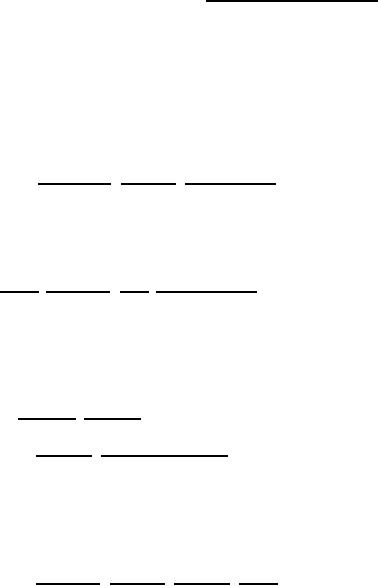 |
|||
|
|
|||
| ||||||||||
|
|  MIL-F-48057B(AR)
inert and readily identifiable to the Government to ensure recovery should
they be inadvertently introduced into production. Simulated defect standards
used to verify the following verified inspections should be constructed and
identified in such a manner that they are not readily recognizable to the con-
tractor inspection personnel as defect standards. Standards should be used so
that their number, time and sequence of introduction into the inspection cycle
is known only to those personnel responsible for checking the accuracy of the
operation.Adequacy of the standards shall be verified at least once each
week
VERIFIED INSPECTION
Paragraph 4.5.10 - S&A Position Check
Paragraph 4.5.6 - Setback Weight Return Capability
NOTE: When there is automatic detection and automatic rejection of defective
items to a controlled area or a controlled rejection of defective items, it is
permissible for the defect standards to be identifiable and their introduction
into production noticeable to contractor inspection personnel.
Provisions shall be established for
4.4.4.3 Undected defect standards.
the corrective action to be taken where the equipment or contractor inspec-
tion personnel fail to identify a standard as defective. These provisions
shall include a reinspection of all acceptable material subsequent to the last
acceptable verification check as a minimum.
4.5 Test methods and procedures.
PRECAUTION: This specification covers sampling and testing of chemical, toxic
or explosive materials which are potentially hazardous to personnel. Accor-
dingly, it is emphasized that all applicable safety rules, regulations and
procedures must be followed in handling and processing these materials.
4.5.1 Spring tests.
The spring shall be stretched along its
4.5.1.1 Spring embrittlement.
longitudinal axis in the case of a coil spring, or bent in the case of a flat
spring until the spring no lounger returns to its original position. When the
spring no longer returns to its original length or profile, it shall be
considered distorted permanently. Any spring that breaks prior to this point
shall be classed defective.
4.5.1.2 Setback weight spring set. The springs shall be measured at
their original free length, assembled in a restraining fixture in accordance
with 4.4.4 and compressed to a normal height of .750 inch, placed in an oven
and subjected to a temperature of not more than 180 degrees Fahrenheit (F)
or less than 175F for 24 hours. The springs shall be removed from the oven
and be cooled to ambient temperature. After cooling the springs for 24 hours
minimum, the springs shall be measured and the measurement shall be compared
to the original free length to ascertain compliance with the specified
requirement. Any spring that fails the requirement shall be classed defective.
52
|
|
Privacy Statement - Press Release - Copyright Information. - Contact Us |